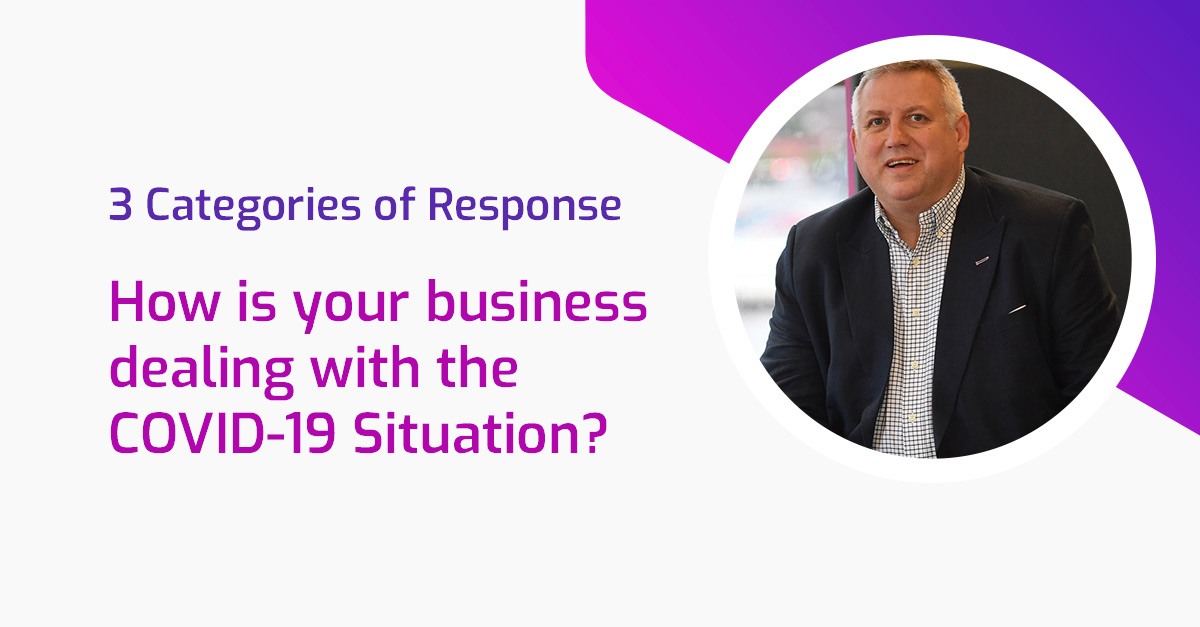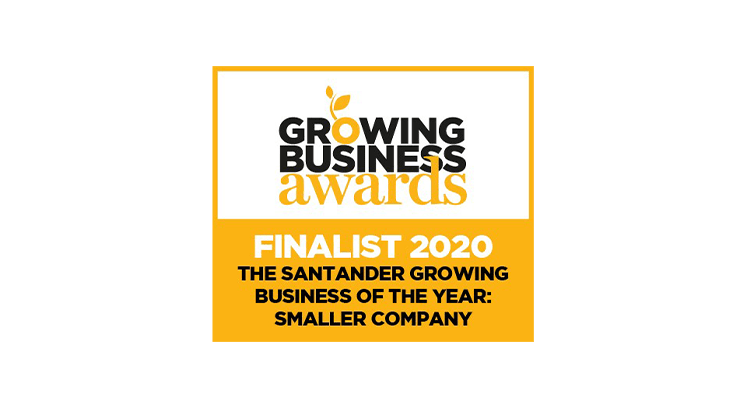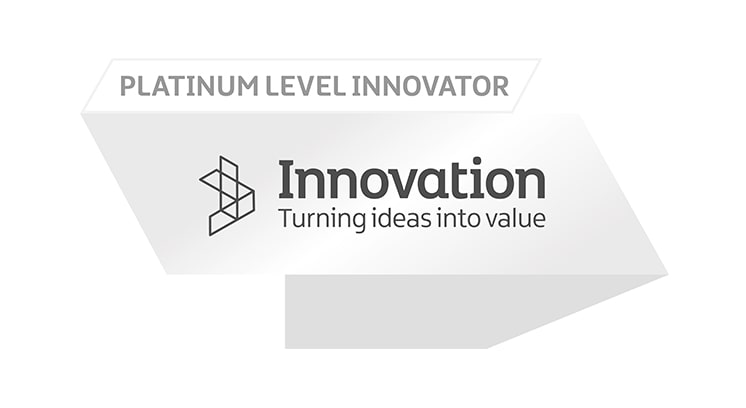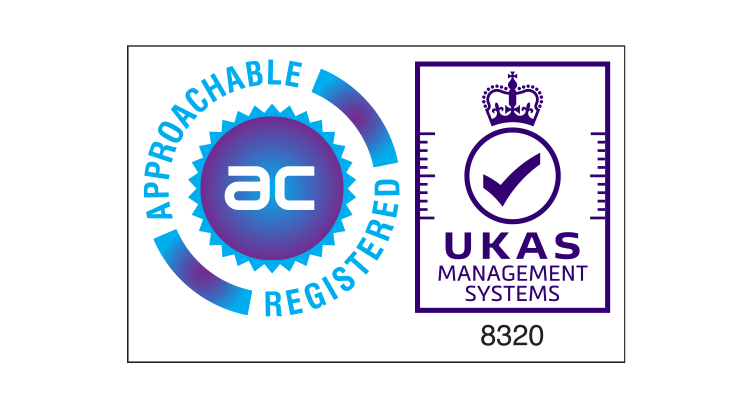Totalmobile’s CEO, Jim Darragh gives his opinion on how businesses are currently dealing with the COVID-19 situation.
I think we all know that the precautions and measures now being taken by the government are necessary and commensurate with the severity of the situation. This of course is something we can all help with…but we can’t control…so the question is, how do we respond to it? What we are experiencing is certainly unchartered territory for all of us, and I have to say, the speed to escalation caught me and many others by surprise. I must say my thoughts and prayers go out to all of those effected by the current crisis, and I hope and trust that we will all play our role in tackling what is becoming the biggest threat of our time.
I am lucky in that I get to talk to lots of customers on a daily basis, and during this period I have doubled my efforts and encouraged everyone in our organisation to stay connected to stakeholders, and ask if we can help in any way. It’s fair to say that during my interactions I’ve noticed some definite and discreet groups, in terms of the response, and whilst I am certainly not looking to judge, I saw some interesting trends. I categorised the responses into 3 broad categories, and I do think organisations’ and individuals’ responses will be fluid and possibly pass through all three stages in the coming weeks and months, as we adapt to “lock down”, and it becomes the new norm.
- Response Type Number 1: Shutdown
The first response I have seen is organisations in shutdown. People rushing to address very tactical issues that they face in order to protect staff. It’s an absolutely necessary state for some organisations, albeit sometimes in a chaotic situation – they are rapidly trying to respond to unforeseen circumstances. Inevitably these organisations are in shut down, they can’t talk to the outside world, as they are too busy tackling the immediate threat. Planning and “Business as usual” is abandoned, and everything is about the crisis and how to deal with it. Typically, the type of tasks that pervade in this stage are associated with reducing the risk to health of staff and the creation of infrastructure to support new ways of working. There is undoubtedly some medium to long term implications probably directly relational to the amount of time an organisation spends in this state – and once the immediate threat and its resolution is met, it is important that planning next steps must start, vision should broaden and appropriate coping mechanisms and organisations are put in place.
- Response Type Number 2: Standstill
The second response I have seen, it’s no longer shutdown, but its possibly an even more challenging state. The immediacy of the situation has passed, tactical risks have been tackled, but now replaced by an inability to move forward. Decision making structures are stretched, people who usually drive and direct the organisation are locked away, and organisation is “floating”, and a state of “standstill” emerges. Staff are wondering what happens next, suppliers are wondering if the business will re-emerge, customers are wondering “where have you gone?”. The organisation is waiting for a plan, and in the absence of a clear route to emerge from challenging times, everything is placed “on hold”. Basic things may still happen, but largely this represents time lost for the business, and unfortunately possibly a long-lasting reversal of growth and business health. Frustration pervades both within and around the organisation as decisions are deferred and solutions to challenges, new or pre-existing stall.
- Response Type Number 3: Straight on it
We have seen a third group….a group of organisations that have grabbed the opportunity to “buck the trend”. They have taken the current situation as an opportunity to “do things differently”, they have assessed the impact, built plans and began to change the things they do to adapt to the likely “new world’. They are reorganising, they are looking for technology solutions to challenges for the future, they are “clearing the decks” of jobs that can be done now to prepare for the future. Innovation reigns in these organisations, around structures, decision making, technology, processes, and challenge is actively encouraged. These companies are surprising in their resolve and drive and focused in their response. The teams within these organisations have clear direction and leadership who have set out clear plans, while ensuring operations largely remain interrupted. In fact, in these difficult times they are ‘shining beacons’ of focus and collaboration…it’s really an impressive sight! The energy and effort in these organisations is clear to see, the pace has actually increased during the crisis as they accelerate plans to change to tackle the crisis head-on.
I suspect over time all companies may progress (at different pace) through the 3 phases of Shutdown, Standstill and Straight on it. It’s almost akin to the Kubler-Ross change curve, where the direction of travel from shock, through denial, frustration, depression and up the curve through experience, decision and finally integration. The difference here, is that I firmly believe that not every organisation will travel through every stage, some will leap “straight to it”, and they will be the first to emerge when the current crisis subsides. I also strongly believe that strong leadership and a well thought out plan will lead organisations much faster to a state of preparedness, and with that, adaption to the ‘new norm’ of working.
Through this, and possibly a resetting of goals and strategy, we will see businesses very rapidly re-establish how and where to invest, and with that how a return to performance is likely to be within grasp…….but likely a return in a much changed world.







